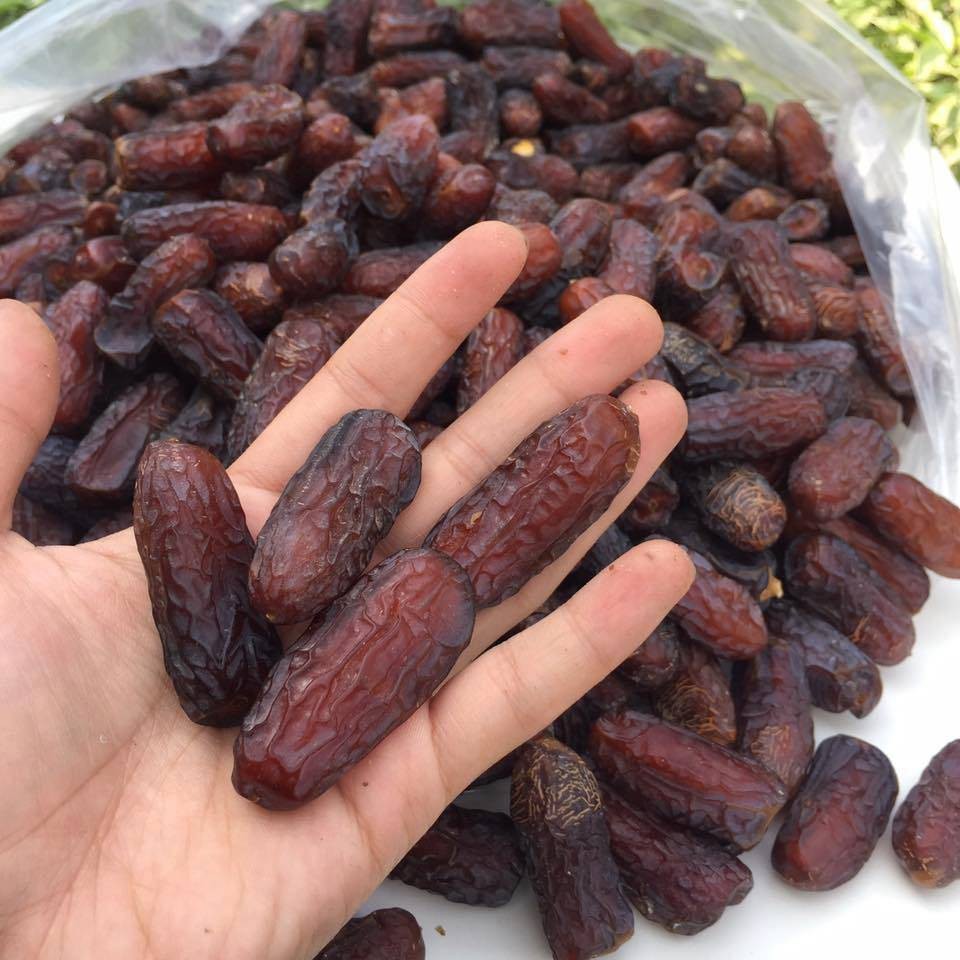Date Delights: Unveiling the Top Dates Exporters

Dates, those luscious fruits borne from the majestic date palm, have captivated taste buds for millennia. Beyond their delightful taste, dates offer a treasure trove of potential health benefits, making them a popular choice for health-conscious consumers worldwide. But where do these delectable treats journey from to grace our tables? This blog post explores the world of dates fruit exporter, unveiling the leading countries that reign supreme in bringing dates to the international market.
A Land of Sunshine and Sand: Ideal Climates for Date Cultivation
The cultivation of dates thrives in specific climatic conditions:
- Hot and Dry Climates: Date palms flourish in hot and dry regions with long stretches of sunshine and minimal rainfall. These conditions are essential for optimal fruit development and sugar concentration within the dates.
- Desert Regions: Many leading date-exporting countries boast vast desert landscapes, providing the perfect natural environment for date palms to grow and produce abundantly.
These climatic factors significantly influence the geographic distribution of date palm cultivation and, consequently, the leading date exporters.
Cultivating Success: Unveiling the Practices of Leading Date Exporters
Beyond ideal climates, the practices employed by leading date-exporting countries contribute to their success:
- Generations of Expertise: Many leading exporters possess a rich history of date palm cultivation, with knowledge and traditions passed down through generations. This expertise ensures efficient cultivation practices and high-quality yields.
- Advanced Technologies: Some leading exporters embrace modern technologies in irrigation, fertilization, and pest control. These advancements optimize crop yields and fruit quality while minimizing environmental impact.
The synergy of favorable climates and established cultivation practices empowers these countries to excel in date exportation.
Top Contenders: Unveiling the Leading Date Exporting Countries
Several countries stand out as leaders in the global date export market:
- North African and Middle Eastern Powerhouses: Egypt, Tunisia, Iran, Saudi Arabia, and Algeria consistently rank among the top date exporters. These countries benefit from ideal climates, a long history of date cultivation, and established export infrastructure.
- Emerging Players: The United Arab Emirates, Oman, and Pakistan are increasingly prominent date exporters, leveraging advancements in technology and strategic marketing to gain a foothold in the global market.
Understanding the leading exporters allows you to appreciate the journey your dates take before reaching your plate.
A Date with Deliciousness: The Future of Dates Fruit Exporter
The date export market is a dynamic and ever-evolving landscape:
- Growing Demand: The global demand for dates is projected to rise due to increasing health consciousness and the growing popularity of ethnic cuisines.
- Focus on Sustainability: Leading exporters are implementing sustainable practices to minimize environmental impact and ensure long-term viability.
- Innovation in Products: New date-based products like date syrups, date snacks, and date energy bars are emerging, catering to diverse consumer preferences and expanding the market reach of dates.
The future of date fruit exporter is brimming with exciting possibilities, promising even greater accessibility and enjoyment of these delightful fruits.
Key Highlights:
- Climate: Hot and dry climates with abundant sunshine are crucial.
- Cultivation Practices: Generations of expertise and modern technologies play a role.
- Top Exporters: Countries like Egypt, Tunisia, Iran, and Saudi Arabia are frontrunners.
- Future Outlook: Growing demand, sustainability focus, and product innovation are shaping the market.
As the demand for dates continues to rise, these leading exporters will play a vital role in bringing these delectable and nutritious fruits to consumers worldwide. So, the next time you savor a date, take a moment to appreciate the journey it has taken, and the dedication of the countries that have made it possible.